Have you noticed more static shocks, material misfeeds, or equipment malfunctions during colder months? If so, you're not alone. Static electricity often rears its ugly head when the air gets dry. Whether it’s disrupting production, damaging sensitive equipment, or creating safety risks, static electricity is a hidden enemy for many operations.
This article dives into how low humidity drives static electricity buildup and provides proactive solutions to protect your facility.
The Science of Static Electricity
What Is Static Electricity?
Nerd alert. Static electricity occurs when there’s an imbalance of electric charges within or on the surface of a material. This imbalance creates electrostatic discharge (ESD), which happens when the accumulated charge suddenly flows to another object. While harmless in many everyday situations (like getting a shock from a doorknob), ESD can have serious implications in manufacturing and other industrial environments.
How Does It Build Up?
Static electricity commonly builds up through friction when two surfaces come into contact and then separate. For example:
Conveyor belts rubbing against materials
Paper or plastic sheets running through industrial machines
People walking on carpets in dry air
Insulating materials (e.g., plastic, wood, or dry air) make it more difficult for charges to dissipate, leading to dangerous static accumulation.
Why Low Humidity Triggers More Static
Dry Air = Insulation
Humidity levels play a key role in static electricity. When the air is humid, water molecules act as a natural conductor, allowing charges to dissipate more easily. However, in low-humidity environments (below 40%), the absence of moisture means charges have no pathway to escape, turning dry air into an insulator.
Winter and Climate-Controlled Environments
The problem worsens in colder months because:
Cold air naturally holds less moisture.
Heating systems and HVAC units remove even more moisture from the air.
Doors and windows stay closed, reducing the natural exchange of humid outdoor air.
This creates the perfect storm for static electricity to build up and disrupt your operations.
Risks of Static Electricity in Manufacturing
The effects of static electricity are no small matter in industrial settings. Here are industry key risks associated with static buildup:
1. Operational Interruptions
Static electricity can cause materials to misalign, jam machinery, or stop production altogether. For example, plastic films may stick unexpectedly together, or paper sheets may feed improperly through machines.
2. Product Damage
Sensitive materials like semiconductors, circuit boards, films, and paper are particularly vulnerable to static discharge, which can ruin product quality and lead to costly rework or waste.
3. Safety Hazards
Sparks caused by static can ignite flammable materials, posing serious fire risks in industries that handle chemicals, fine dust, or combustible materials.
How to Prevent Static Electricity with Humidity Control
The good news? One of the best ways to prevent static electricity buildup is by properly controlling humidity levels. Here’s how to address the problem:
Maintain Optimal RH Levels
Aim to keep your facility’s relative humidity (RH) between 40% and 60%. At this range, moisture in the air helps neutralize static charges before they build up.
Use a Centralized Humidification System
Installing a central humidification system offers precise control over humidity levels across your facility. This ensures consistent static prevention and creates an optimized working environment.
Benefits include:
Uniform humidity distribution
Minimal manual intervention
Facility-wide protection against static
Consider Zone-Based Humidity for Complex Environments
For facilities with multiple production zones, a targeted approach may be more effective. Zone-specific humidification systems ensure critical areas prone to static (e.g., production lines or packing areas) receive extra moisture without affecting the entire space.
Ongoing Monitoring & Maintenance
Invest in sensors and monitoring tools to track humidity levels in real time. Regularly servicing your humidification system helps ensure it’s operating efficiently and prevents costly downtime due to unexpected malfunctions.
Why Choose UTR Systems for Humidity Control
When your facility faces challenges like static buildup and dry air, the right partner can make all the difference. UTR Systems offers customized, cutting-edge solutions tailored to your unique needs.
Custom-Engineered Solutions
We don’t believe in one-size-fits-all. Every UTR system is designed to match your facility layout, production flow, and materials.
Expertise Across Industries
Our track record spans sectors like textiles, agriculture, and wood products, where optimal humidity is critical for operational success.
Energy Efficiency + Low Maintenance
Our systems are built to offer long-term ROI. By reducing static-related downtime, product losses, and energy consumption, you save money while improving efficiency.
Take Control of Static Electricity in Your Facility Today
Low humidity might be an invisible problem, but its effects on your operations are anything but. By addressing this overlooked issue, you’ll not only improve productivity but also prevent costly disruptions and safety risks.
Need help designing the perfect humidity control system? Contact UTR Systems for a free consultation, request a quote, or schedule a facility assessment today. Together, we’ll eliminate static at the source and ensure your facility runs smoothly all year round.

